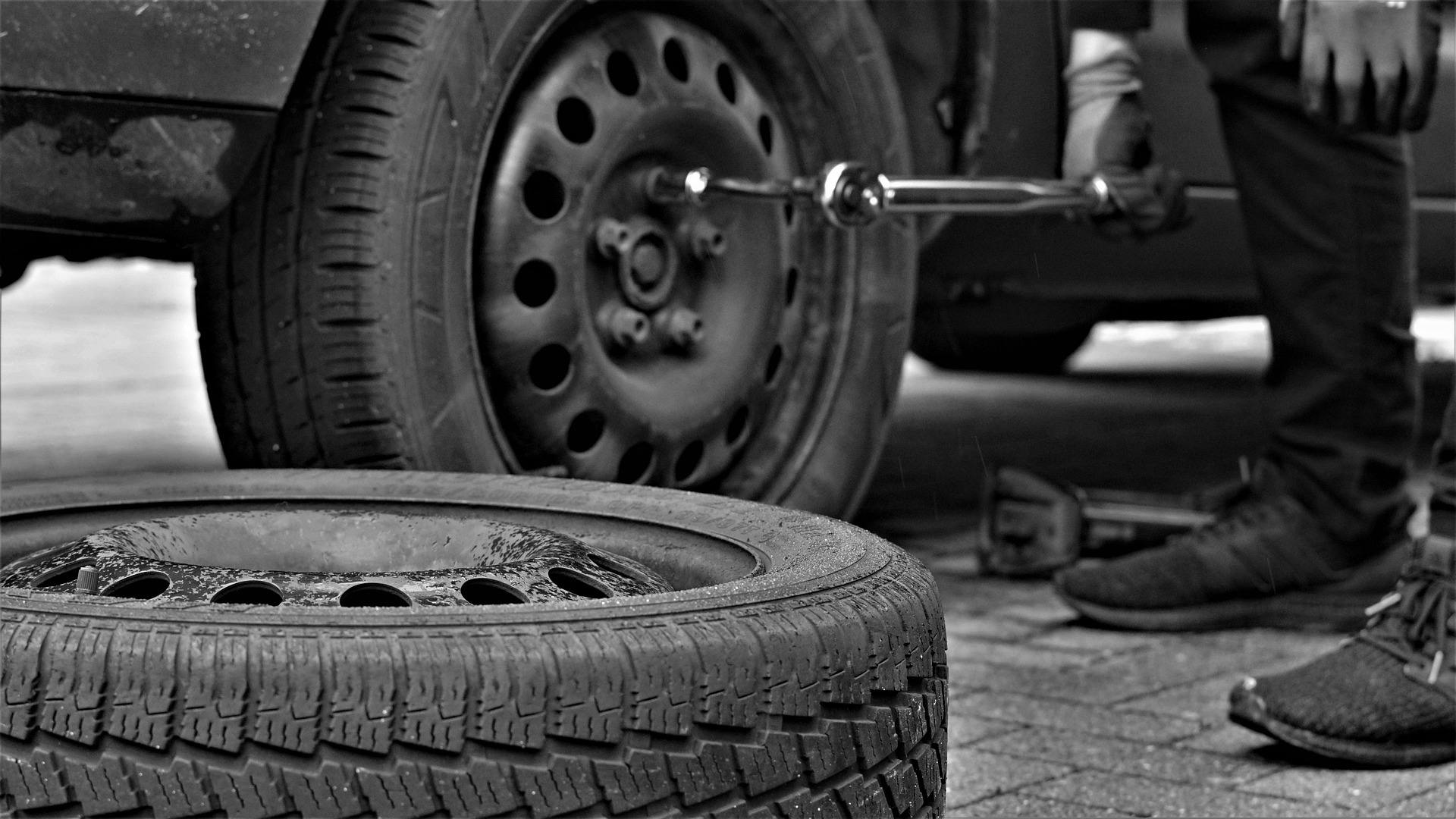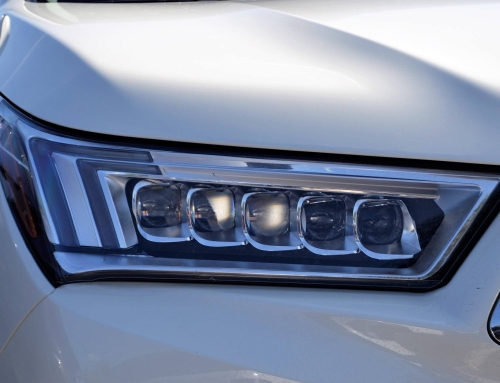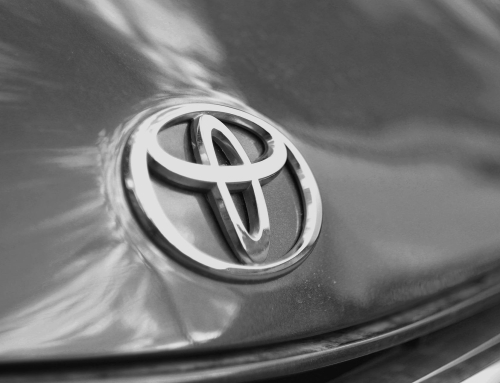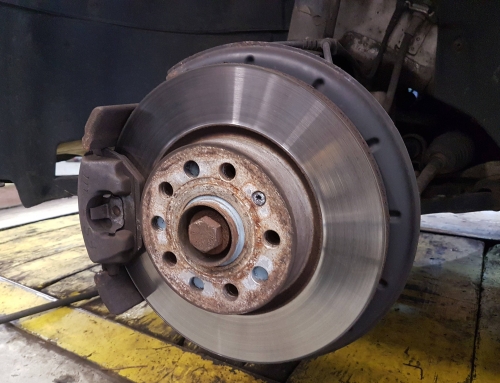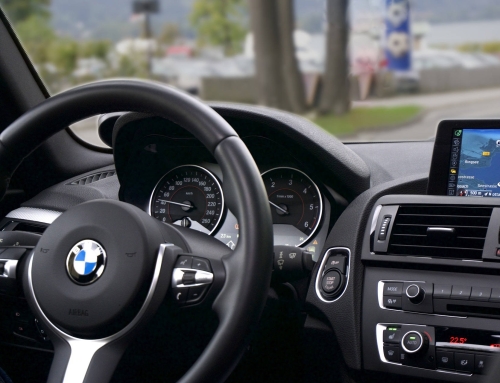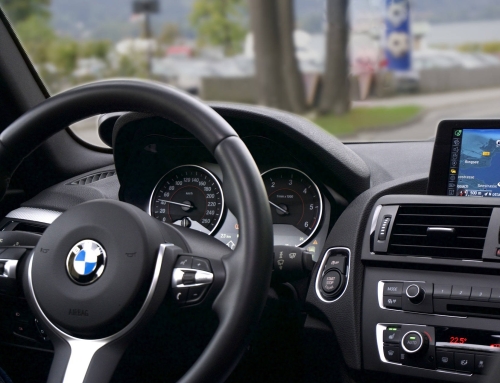When you’re gearing up for an exciting road trip or running errands, the last thing you want is to be caught off guard by car trouble. The tires are one of the most critical components of your vehicle’s safety and performance. Determining whether your tires should be changed is crucial for avoiding accidents, preventing breakdowns, and ensuring a smooth driving experience. This article covers the most common signs that indicate it’s time to replace your tires.
Contents
Why Tire Quality Is Crucial for Safe Driving
Tires aren’t just round rubber pieces—they play a vital role in vehicle performance. Worn-out tires can negatively affect your driving experience, from reduced fuel economy to poor handling, decreased traction, and even uncomfortable rides. The safety risk of old or damaged tires is significant, particularly regarding braking distances.
As per AAA research, operating a vehicle with worn tires at high speeds in rainy conditions can lengthen your stopping distance by 43%, equating to roughly 87 feet, compared to cars equipped with new tires. This implies that worn-out tires can determine whether one stops in time or contributes to an accident during rainy conditions.
The best way to avoid these risks is to regularly inspect your tires. A quick visual check once a month—and before embarking on long trips—can help spot potential problems before they escalate.
Check for Reduced Tread Depth
The tread is essential for your tires’ traction, especially when driving in wet, snowy, or icy conditions. When the tread wears down, your tires become less effective at gripping the road, making it more difficult to control your vehicle, especially in adverse weather.
To test the tread depth, you can use the “quarter test.” Insert a quarter into the tire tread with George Washington’s image facing downwards. If you can see the top of his head, it’s time to replace your tires, as the tread has worn down to below 1/16th of an inch. AAA recommends replacing tires when the tread depth reaches 4/32nds of an inch to ensure proper performance and safety.
Look for Cracks Along the Sidewalls
With time, UV radiation, debris from the road, and regular usage can lead to the deterioration of the rubber on your tires, resulting in cracks on the sidewalls. While this might not always signal a complete loss of tire function, it indicates that your tires have aged and may need replacing soon.
Cracks can also form due to impacts from hitting potholes or curbs. These sidewall issues could result in tire leaks, which can lead to tire blowouts in severe cases. It is important to regularly inspect your tires for signs of cracking, particularly after a long trip or when driving on rough terrain.
Bulges or Bubbles on the Tire Surface
If you notice any bulging or bubbling on the sidewall or tread of your tires, it’s a critical sign that the tire has suffered damage, possibly from hitting a pothole or curb. A bubble occurs when the tire’s inner lining is compromised, and the air forms pockets under the tire’s surface.
These bubbles weaken the tire’s structural integrity and can quickly lead to a blowout. A tire with a bulge should be replaced immediately to avoid serious accidents while driving.
Uneven Tire Wear
Irregular tire wear may happen for various reasons, such as misalignment, lack of proper tire rotation, or incorrect inflation. If the tread is worn unevenly—such as more on the outer edges or the middle—this is a sign that your tires are not functioning optimally. Irregular tire wear can reduce the longevity of your tires and jeopardize your safety.
Regularly rotating your tires is one of the best methods to avoid uneven tire wear. Switching the position of your tires helps ensure uniform wear on all of them and prolongs their durability. For most vehicles, tire rotation should be done every 5,000 to 8,000 miles.
In addition, under-inflated or overinflated tires also contribute to uneven wear. Underinflated tires wear down on the edges, while overinflated tires wear in the center. Always check your vehicle’s recommended tire pressure, which is found in its owner’s manual or on the label inside the driver’s side door.
Feeling Unusual Vibrations or Shaking
If your vehicle starts shaking or vibrating, it’s a warning sign that something is wrong with your tires or suspension. Vibrations detected in the steering wheel could point to a balancing problem or misalignment of the wheels, while vibrations from the rear might indicate issues with the back tires.
If the shaking persists or worsens, it’s essential to have your tires and suspension system inspected immediately. Driving with faulty tires or suspension components can lead to a dangerous driving experience and further damage to your vehicle.
Conclusion: Stay Proactive About Tire Maintenance
Your tires are the only point of contact between your vehicle and the road, so maintaining their condition is essential. Regularly checking for signs of wear, cracks, bubbles, and uneven tread is essential for ensuring your safety on the road.
If you observe any of the symptoms mentioned in this article, do not hesitate to change your tires before they become a danger. Remember to rotate your tires regularly, maintain proper inflation, and have them inspected by a professional when necessary for ongoing tire health.
By staying proactive about tire maintenance, you can help prevent unexpected issues and ensure your vehicle remains safe, efficient, and enjoyable for years.

